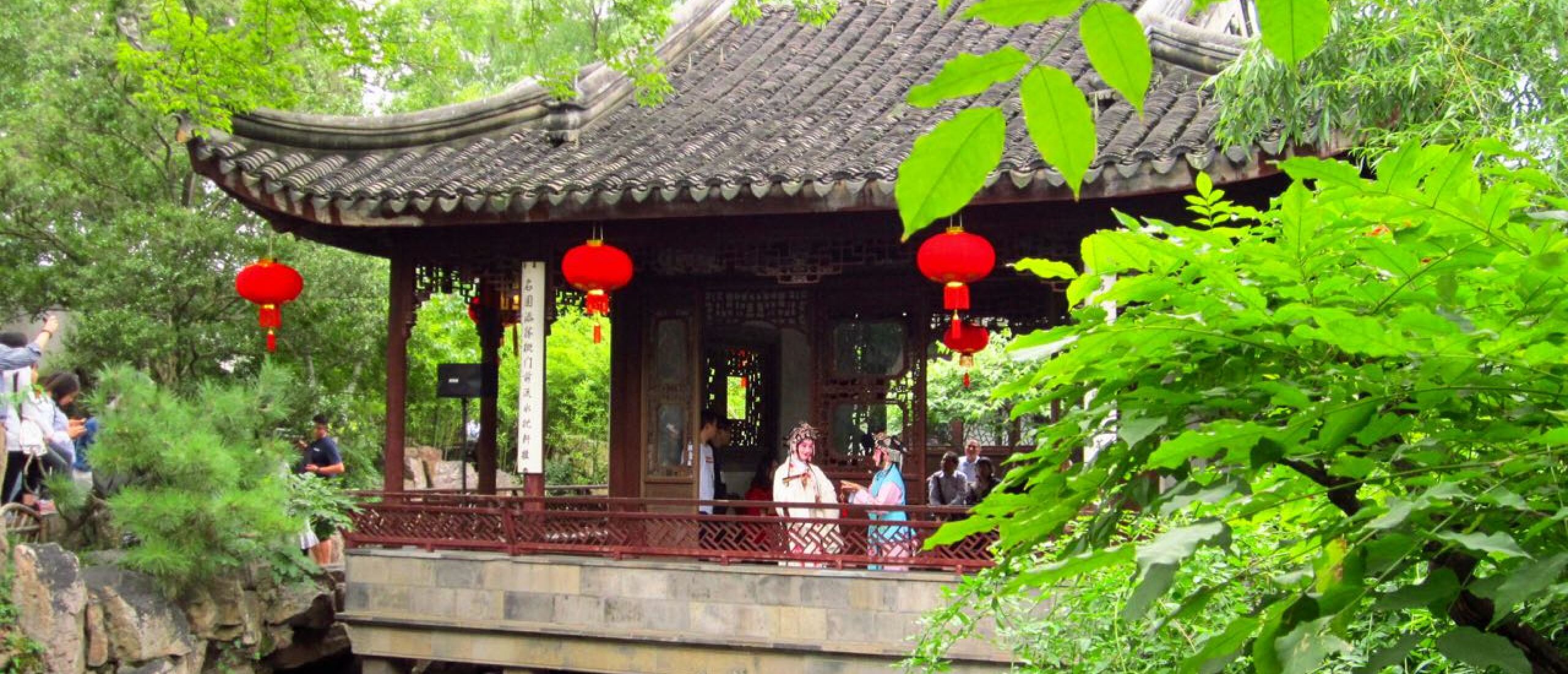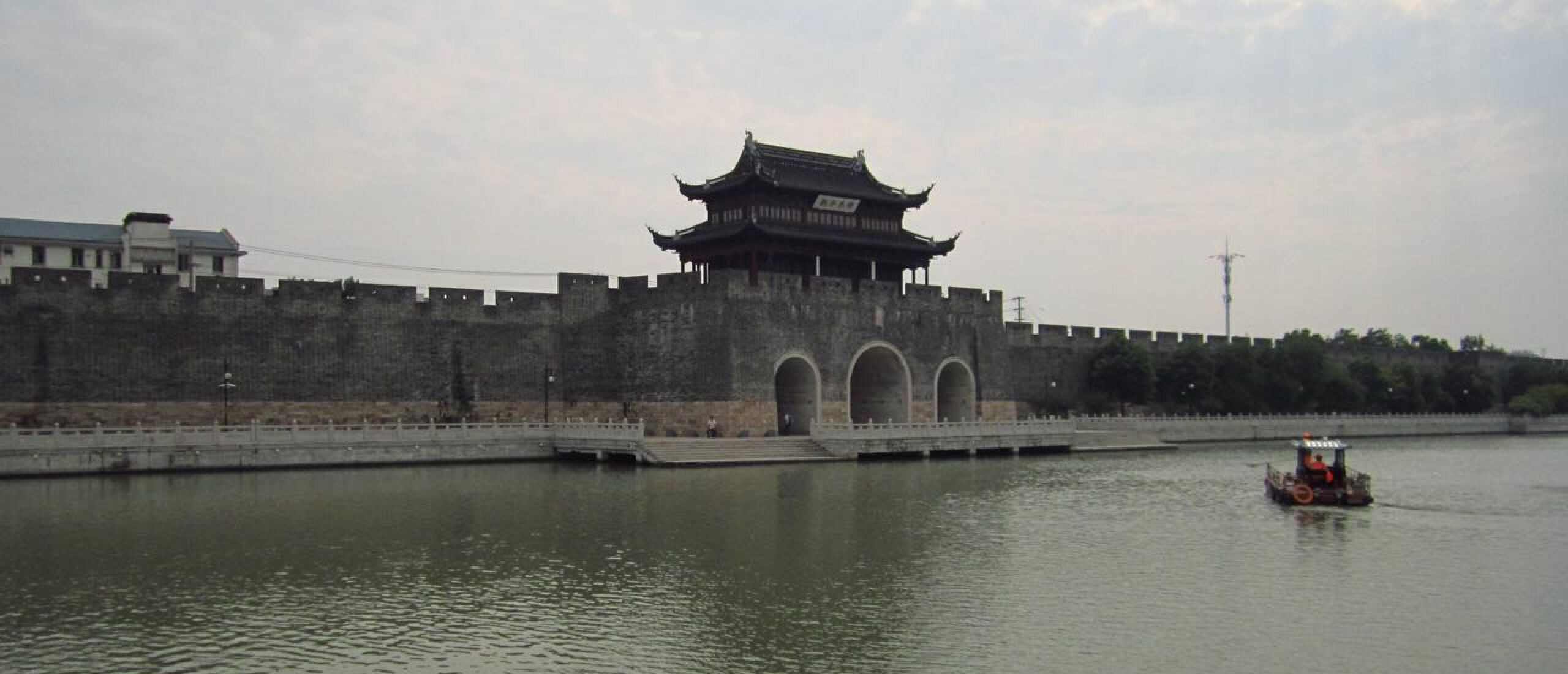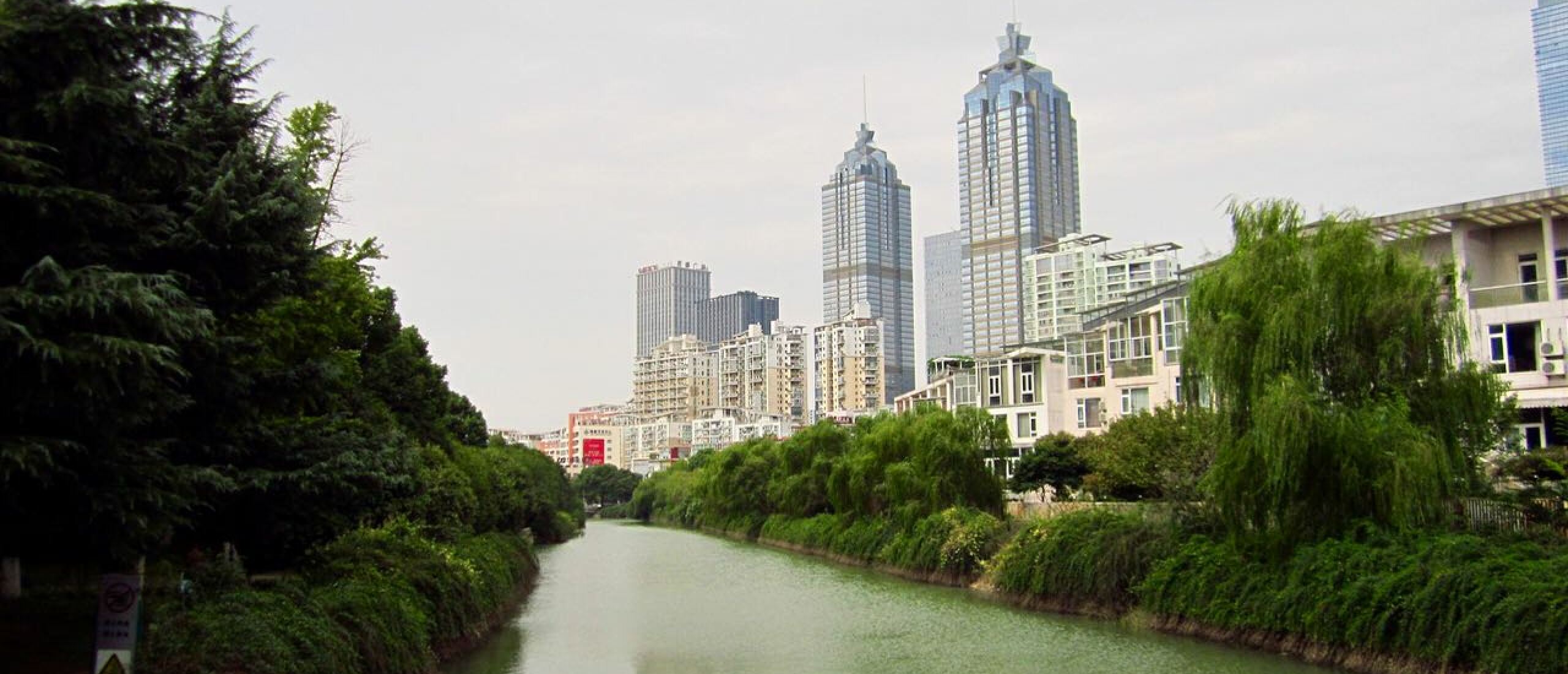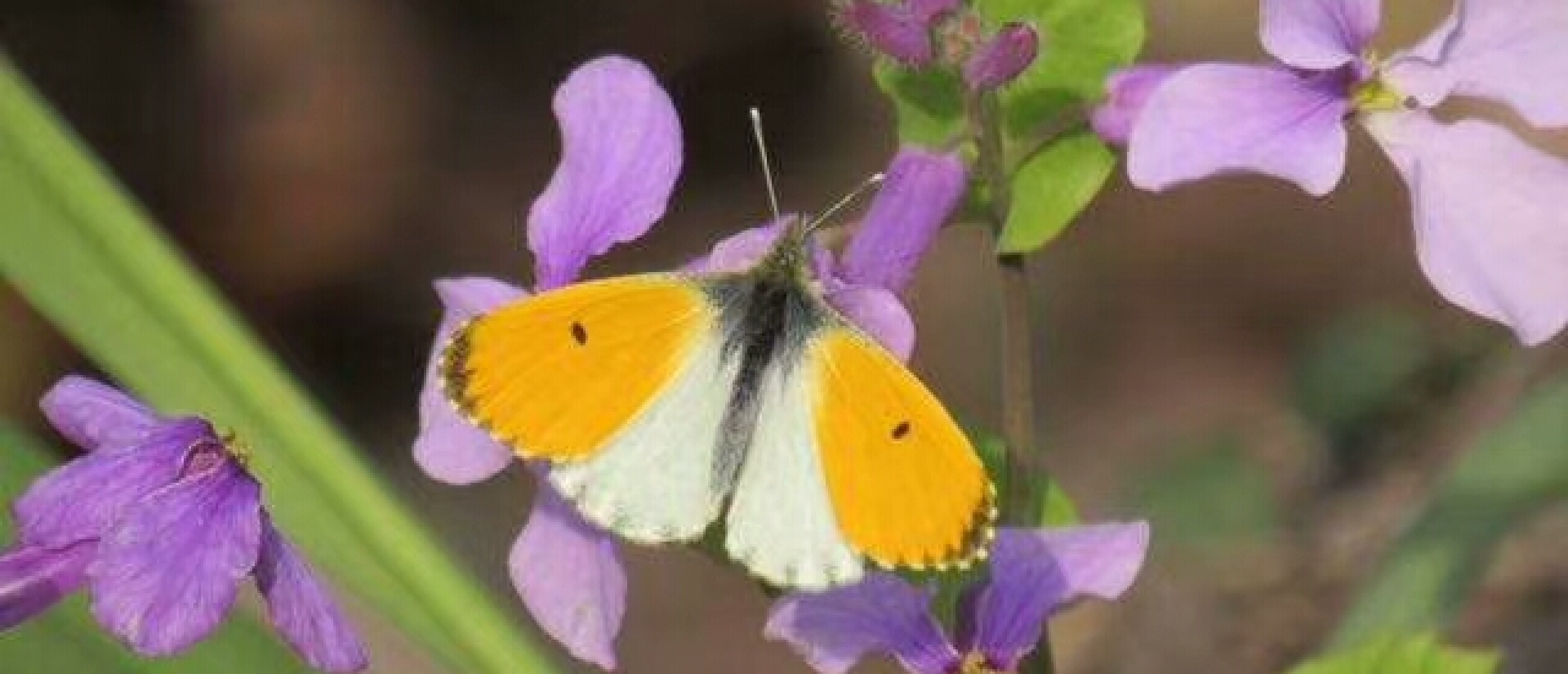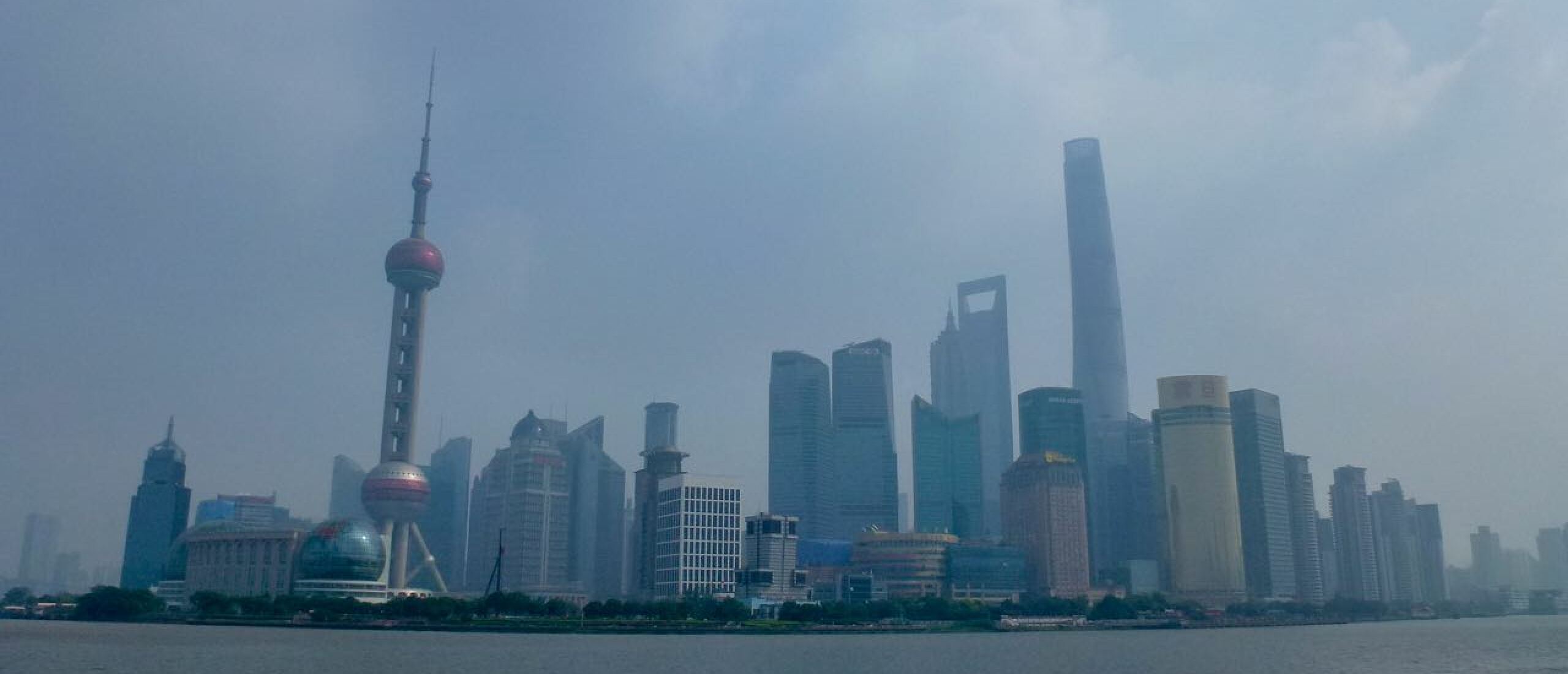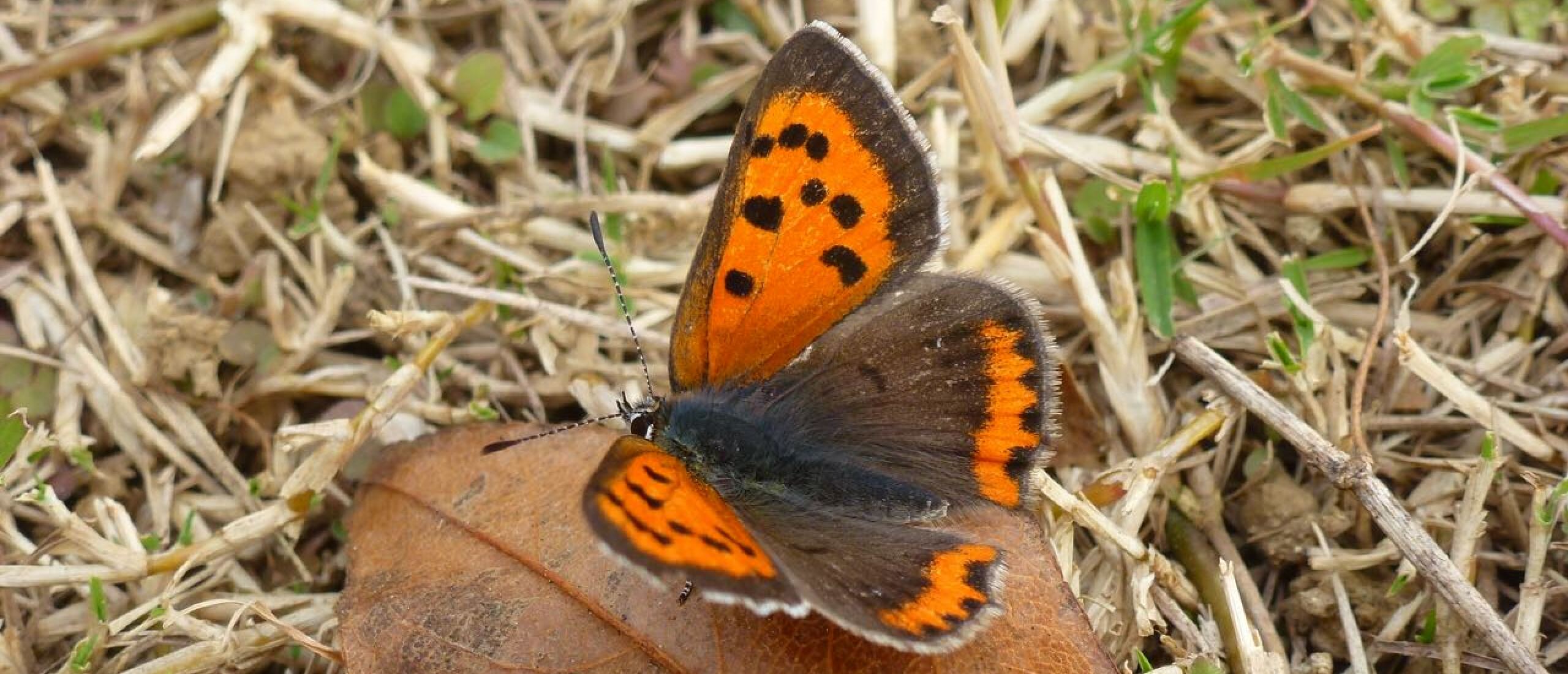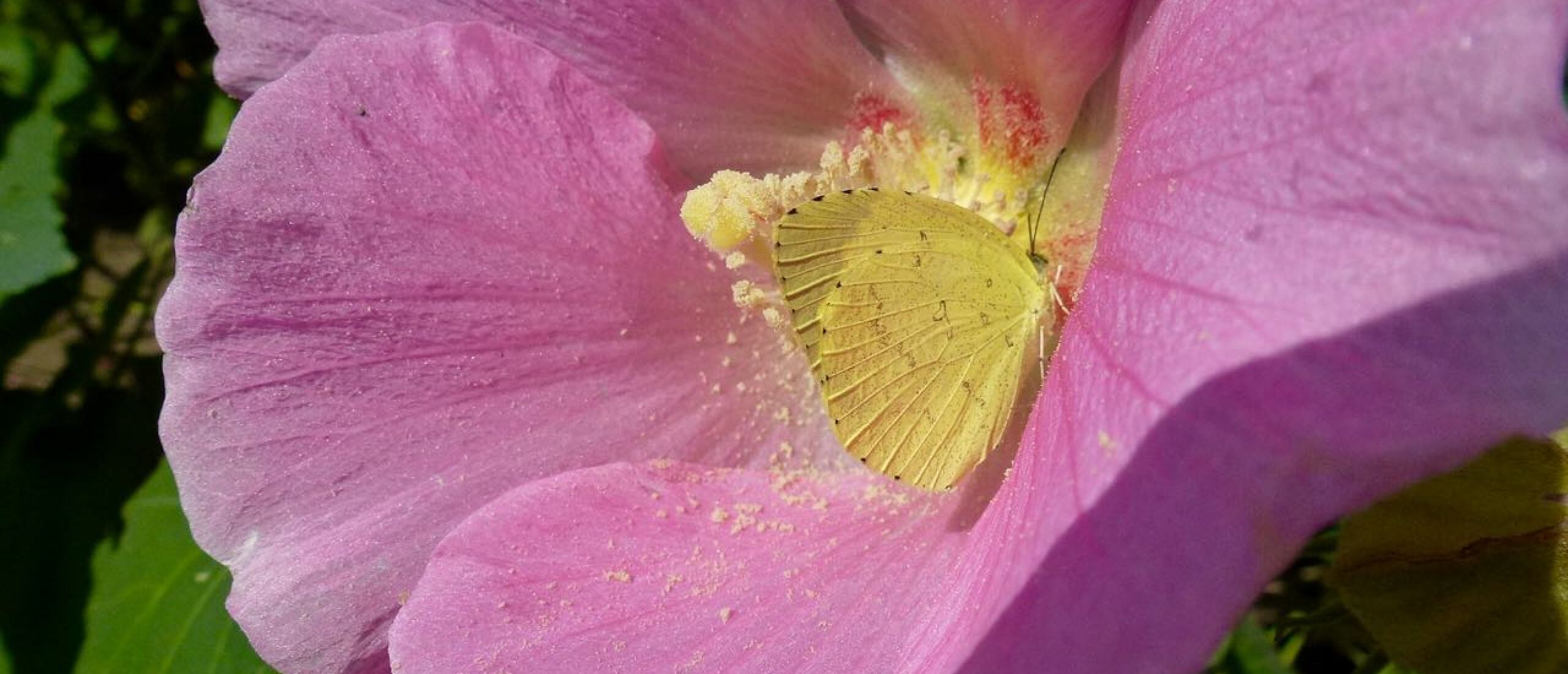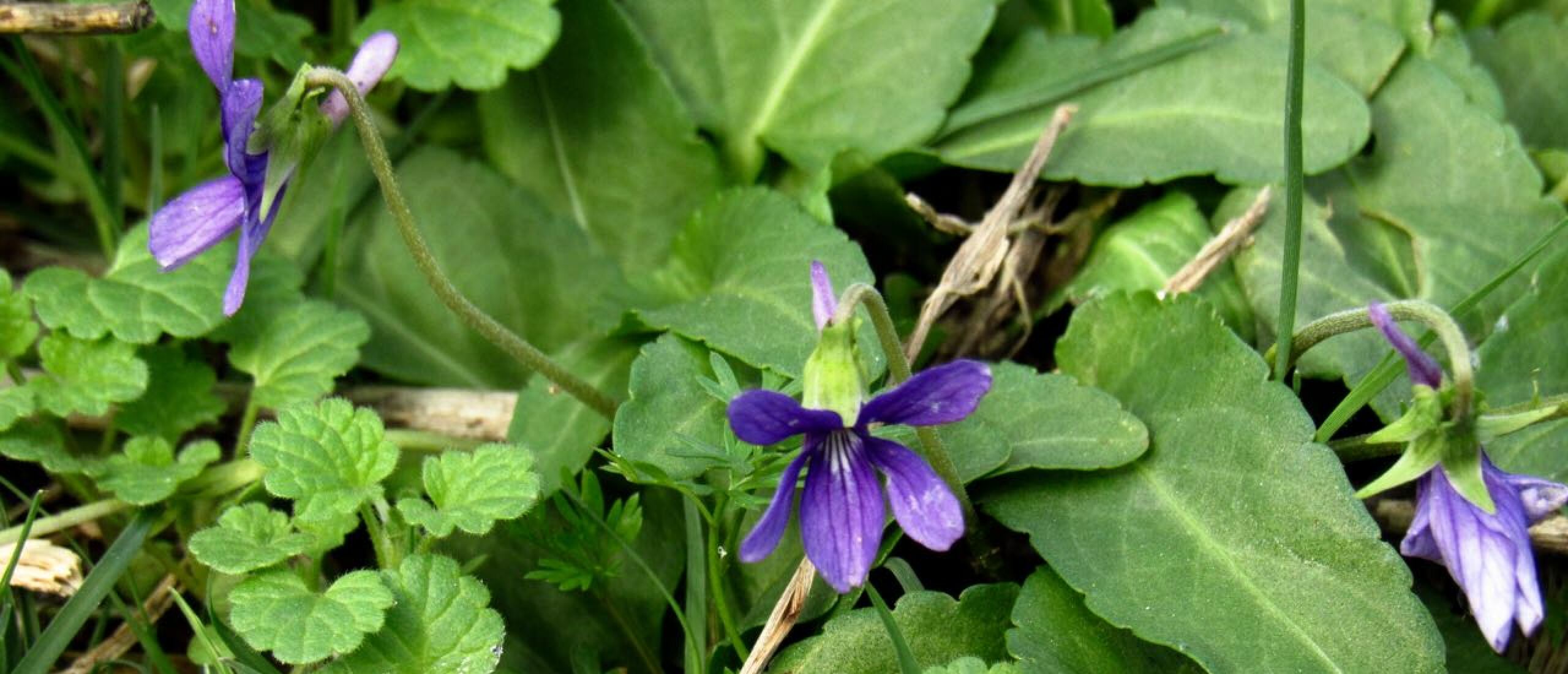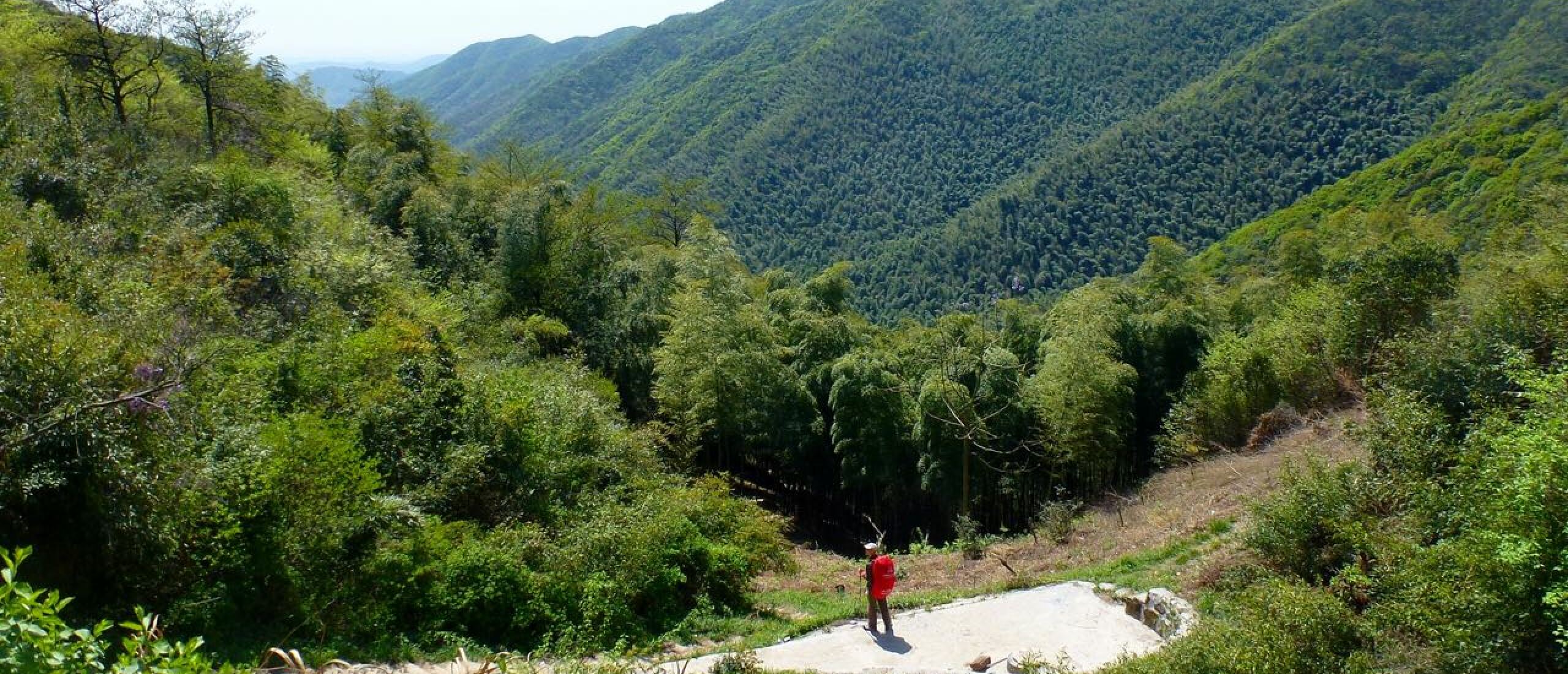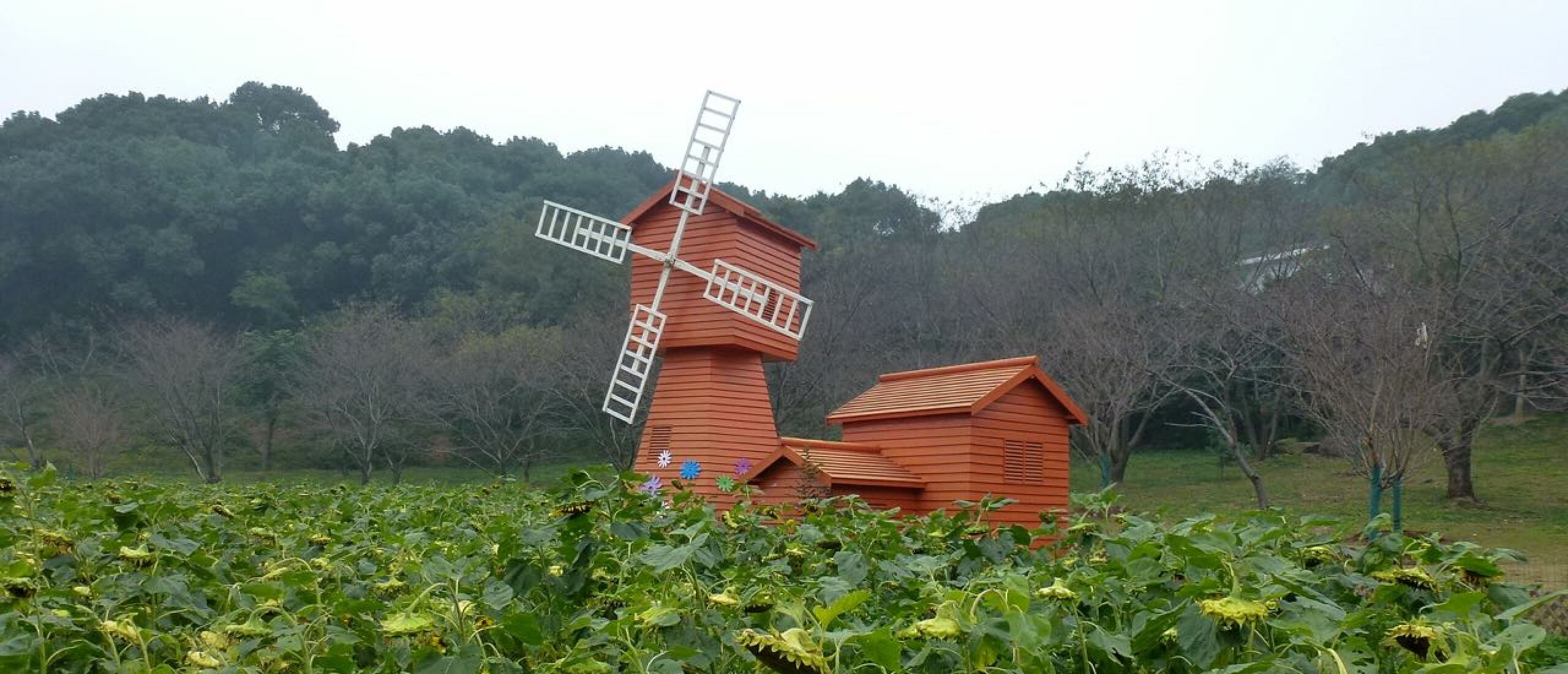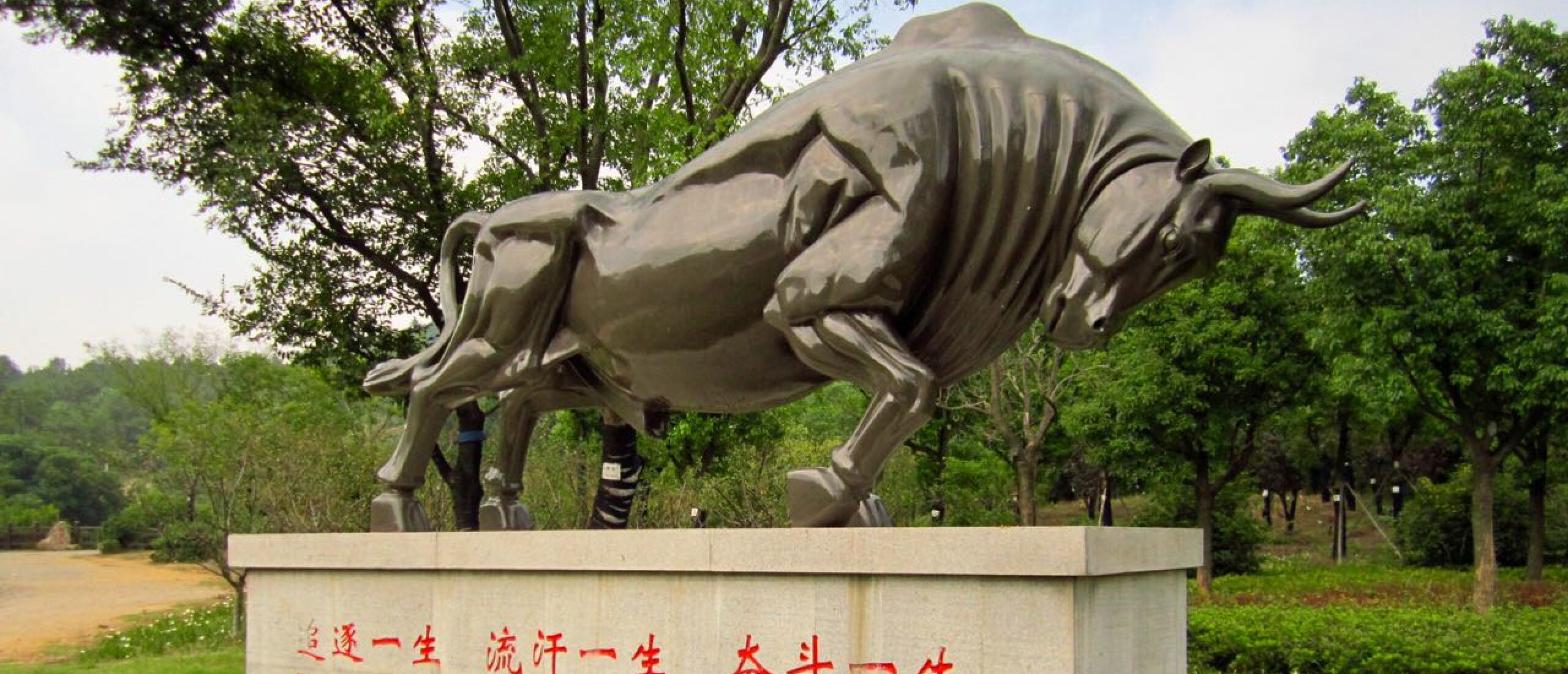
Into the “wilderness” A little frustrated by urban life here in Suzhou, I decided to aim for the hills today. A subway journey of just under an hour took me to the terminus of Line 1 at Mudu, and I then walked along a busy highway towards some low hills that did not look too far away. The temperature was pleasant, and it was not long before I started spotting butterflies, and at one point I had to venture into a bushy area to try to gain a better view of a huge black and white Nymphalid species, but unfortunately it disappeared before I could see it well. A left turn and a short further walk brought me to the entrance of a country park, where I was greeted by a friendly security guard. I headed away from the road, and almost at once I found myself in my natural habitat: open forest with plenty of butterflies to enjoy. A series of high-pitched bird calls alerted me to a flock of delightful Black-throated Tits. Clearly closely related to our Long-tailed Tit, this colourful, dapper little gem roves through the forest in flocks, making a similar sound to the Long-tailed Tit, whose call I well remember my birding friend Jon Robbins accurately describing in Japan as a ‘spluttering twitter”.
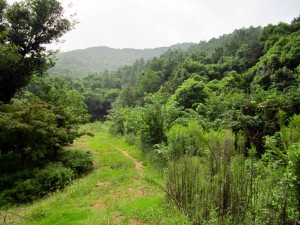 My kind of place: wooded hills and a butterfly haven
My kind of place: wooded hills and a butterfly haven
Easily the commonest large butterfly here was the Chinese Comma, Polygonia c-aureum, which I was already familiar with from my days in Japan. These were everywhere, gliding around and perching cooperatively, for once.
 The Chinese Comma is a little less angular than its European cousin
The Chinese Comma is a little less angular than its European cousin
Blues were also a feature here, the Long-tailed Blue, Lampides boeticus, appearing wherever its larval foodplant, a climbing bean, was growing. The Short-tailed Blue, Everes argiades, was also in evidence, as was a pugnacious Small Copper, Lycaena phleas, that kept chasing away a Painted Lady, Vanessa cardui, that tried to settle on the same patch of Aster flowers. I could have been forgiven for thinking I was back in Brittany, as I had enjoyed seeing all of these species there this past summer, but one other blue, the Forget-me-not, Catochrysops strabo, took me off to India in my thoughts, as I was familiar with that species from there, while a mating pair of Pale Grass Blues, Zizeeria maha, and a number of Eastern Pale Clouded Yellows, Colias erate, transported me to Japan, where I used to observe them.
 Long-tailed Blues were everywhere
Long-tailed Blues were everywhere
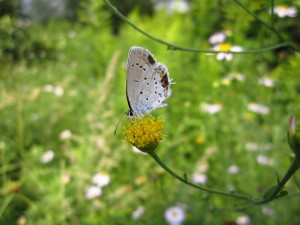 A tattered Short-tailed Blue added to the European feeling
A tattered Short-tailed Blue added to the European feeling
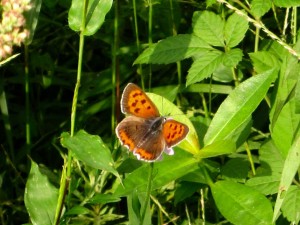 The Small Copper would not accept competition from other butterflies
The Small Copper would not accept competition from other butterflies
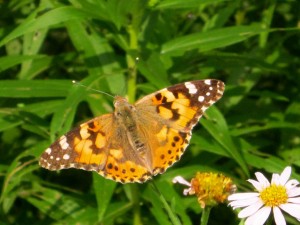 Even a Painted Lady was not allowed to sit for long
Even a Painted Lady was not allowed to sit for long
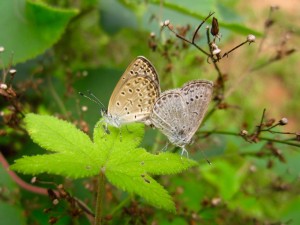 A mating pair of Pale Grass Blues was a pleasant sight
A mating pair of Pale Grass Blues was a pleasant sight
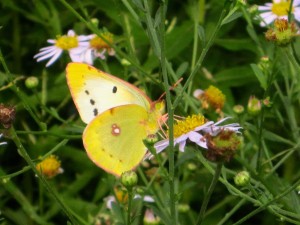 One of several Eastern Pale Clouded Yellows that were nectaring here
One of several Eastern Pale Clouded Yellows that were nectaring here
The Indian theme was continued by the presence of numerous splendid Indian Fritillaries, Argyreus hyperbius. The male looks much like the fritillaries we see in Europe, entirely spotted with black on an orangey-brown background, but the female mimics the poisonous Danaus chrysippus, having black and white wing-tips like that species, and even fluttering in a Danaid-like way.
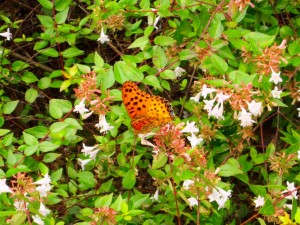 The male Indian Fritillary looks like a typical fritillary, tawny all over with black spots
The male Indian Fritillary looks like a typical fritillary, tawny all over with black spots
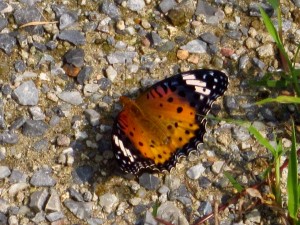 But the female Indian Fritillary is spectacularly different, with black and white wing-tips
But the female Indian Fritillary is spectacularly different, with black and white wing-tips
A little further on I came to a series of temples, complete with chanting monks and clanging bells. From here I ventured up into the hills, which were covered with low pines between the rocky sandstone outcrops. A running race was going on, and every now and then some copiously sweating runners, of both sexes, would come puffing past, some race officials cheering them on. Just over the crest of the ridge, I spotted a large butterfly skimming around a tree, and a closer look revealed it to be a late and very damaged Lesser, or possibly Freyer's Purple Emperor, Apatura ilia or metis, which I only just managed to photograph as it flew out of shot!
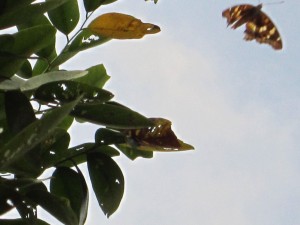 The Purple Emperor is just visible as it flies off
The Purple Emperor is just visible as it flies off
The hills were in fact rather over-run with people, hardly surprising I guess as these are among the closest natural areas to downtown Suzhou, and they must constitute the city’s lungs as well. In fact, looking down on the city from the wooded hills brought home just how much air pollution there is here, as the hazy air demonstrated. I had hoped to be able to see the giant Taihu lake in the distance, but it was invisible in the murk.
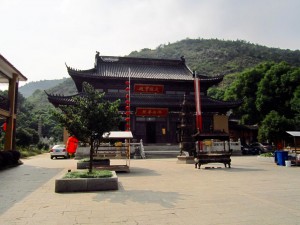 Monks were chanting in the tranquil temple
Monks were chanting in the tranquil temple
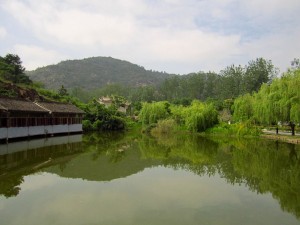 A rustic scene close to Suzhou
A rustic scene close to Suzhou
 I approved of the mottos on this bull's plinth
I approved of the mottos on this bull's plinth
I reached the top of the ridge, only to find huge numbers of people around the Lingyan temple with its impressive pagoda, but the queues for tickets put me off the idea of going in, and I continued my walk.
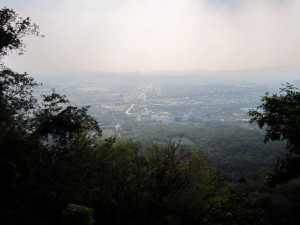 Looking down into Suzhou's murky atmosphere
Looking down into Suzhou's murky atmosphere
Some very loud bird calls alerted me to a party of Masked Laughing-thrushes, a species that may well be a “lifer” for me, but I have not got my World list here with me in China. Laughing-thrushes are engaging birds that hop through the forest and undergrowth, making short flights on rounded wings and then disappearing into thick brush. A Hoopoe also made an appearance on a dead branch, seemingly unconcerned by the people close by.
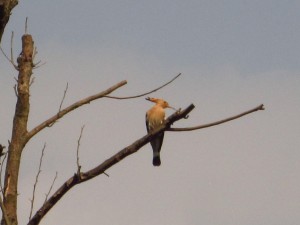 A confiding Hoopoe was an unexpected sighting
A confiding Hoopoe was an unexpected sighting
The Indian theme was emphasized again by two brief sightings of Indian Red Admirals, Vanessa indica, that I glimpsed as they shot by, and the day was brought to a close by a beautiful, tawny Peacock Pansy, Precis almana, which I was unable to photograph as it was chased off by a male Indian Fritillary. All in all, though, a therapeutic day of nature close to the great Suzhou conurbation.



